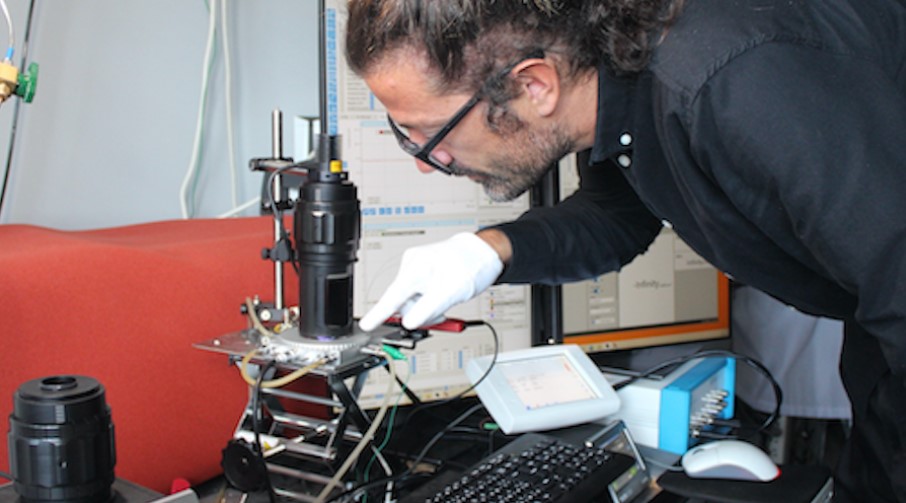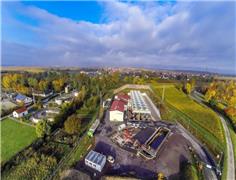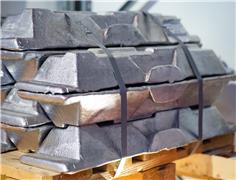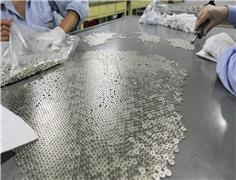- Write by:
-
Tuesday, January 18, 2022 - 13:45:53
-
405 Visit
-
Print

Mining News Pro - Light can be used to significantly improve the performance of fuel cells, lithium-ion batteries, and other devices that are based on the movement of charged atoms, or ions, new research has found.
In a paper published in Nature Materials, researchers from the Massachusetts Institute of Technology in the US and Kyushu University in Japan explain that charge can be carried through materials in different ways and that light has long been used to excite electrons to make them more conductive. Common applications include solar cells and supermarket doors that automatically open when a customer passes through.
But according to Harry L. Tuller, co-author of the study, devices such as lithium-ion batteries and fuel cells depend on the motion of the ions themselves rather than just their constituent electrons. In the first case, the movement takes place during battery charge and discharge, and in the second, hydrogen and oxygen ions move to create electricity.
The problem is that the materials behind applications based on the movement of ions, known as solid electrolytes, are ceramics. Ceramics are composed of tiny crystallite grains that are compacted and fired at high temperatures to form a dense structure. Ions travelling through the material are often stymied at the boundaries between the grains.
“What we find is that the ionic conductivity – the rate at which the ions can move and, therefore, how efficient the resulting device can be – is often markedly degraded by the fact that the ions get blocked at these grain boundaries,” Tuller said in a media statement.
To solve this issue, Tuller and his team of engineers explored how light can be used to lower the barrier that ions encounter at grain boundaries.
“We’re lowering the barrier height with light, and in doing so we’re able to enhance the flow of the ions by a factor of three,” Tuller said. “We expect that we should be able to increase that to orders of magnitude by optimizing the system.”
The researchers specifically demonstrated the effect of light on the movement of oxygen ions through a popular solid electrolyte composed of ceria and gadolinium but their findings are also expected to apply to other ceramics systems that conduct different elements.
In the group’s view, this work could have many applications. For example, it could boost the performance of thin lithium battery electrolytes by increasing charging rates. Light can also be finely focused, allowing control of the flow of ions spatially at very precise specified locations.
The downside of this proposal is that some devices based on ionic conductivity, like solid oxide fuel cells, must be operated at very high temperatures (~700 degrees centigrade) for the ions to overcome and move across the grain boundary barriers. And high temperatures, in turn, can cause the material to degrade, and the infrastructure to accommodate such temperatures is expensive.
“Our dream was to see if we could overcome the barriers using something that doesn’t require heat. Could we get the same conductivities with another tool?” study co-author Thomas Defferriere said.
Short Link:
https://www.miningnews.ir/En/News/618438

Chile’s SQM called another investors meeting at the request of its second-largest shareholder, Tianqi Lithium Corp., ...

The world’s coal-fired power capacity grew 2% last year, its highest annual increase since 2016, driven by new builds in ...

Peabody Energy Corp. shares sunk to the lowest in seven months after the biggest US coal miner warned that first-quarter ...

Lithium supplier Vulcan Energy on Wednesday announced the start of production of the first lithium chloride at its ...

BMO Bank quietly dropped its policy restricting lending to the coal industry in late 2023, helping it avoid being ...

Vietnam’s top miner Vinacomin plans to invest 182 trillion dong ($7.3 billion) to ramp up its alumina-aluminum ...

A stuttering recovery in lithium prices is providing a fresh reminder of why the dramatic rally of recent years was ...

Rare earths prices in top producer China jumped to their highest in more than seven weeks on Monday on a wave of ...

BMO Bank quietly dropped its policy restricting lending to the coal industry in late 2023, helping it avoid being ...
No comments have been posted yet ...